Jumah Mosque
At this rare mosque in Tbilisi, Sunni and Shia Muslims pray side by side.
The Georgian capital of Tbilisi has long been a crossroads for many different faiths, and a unique example of this religious openness can be seen at the Jumah Mosque. Located amid the sulfur baths of the city’s ancient Abanotubani district, down the road from a church and synagogue, this simple red brick mosque is known for being a place of worship for both Sunni and Shia Muslims.
The Tbilisi Mosque, as it is also called, has had many incarnations throughout its history. First built in the 1700s by the Ottoman Empire, it has been destroyed and rebuilt three times over the past 300 years. Its most recent transformation, however, has been in the composition of its worshippers.
After the bloody Russian Revolution in 1917, the newly formed government of the Soviet Republic set out to radically reform the former Russian Empire. One of the main goals of the new Communist state was to strip religious institutions of their power. The main target of these crackdowns was Russian Orthodox Church, which had enjoyed special privileges under the Tsar, and the Church’s land and property was aggressively confiscated. Muslim communities were initially given more leeway, but no religion was safe from the new government’s push to become the center of its citizens’ lives.
About 10 percent of Georgia’s population is Muslim, and until 1951 there were two mosques in Tbilisi. Like everywhere else in the world, Sunni and Shia Muslims in Tbilisi worshipped separately, at the Jumah Mosque and the Blue Mosque, respectively. But in 1951 the Blue Mosque was demolished by the Communist government to make way for a bridge. Recognizing that the Shia community had nowhere to go, the Jumah Mosque opened its doors to them, making it one of the only mosques in the world where the two sects worship together. Until 1996, a black curtain was used to divide the mosque between Sunnis and Shiites during worship, but today, the two sects worship side by side.
Know Before You Go
The mosque is located next to the Orbeliani bathhouse, whose beautiful tile mosaic facade makes it an attraction in its own right.




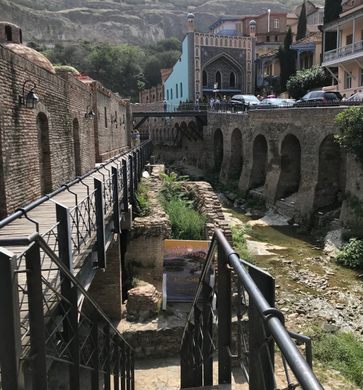


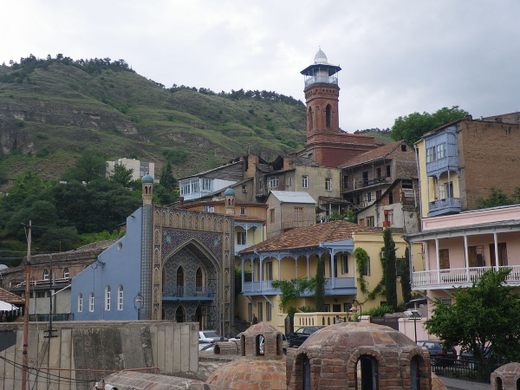
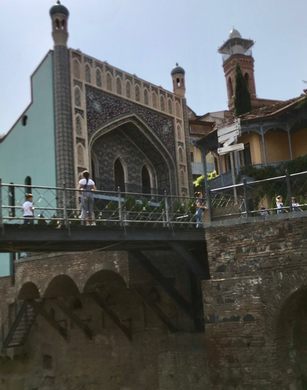








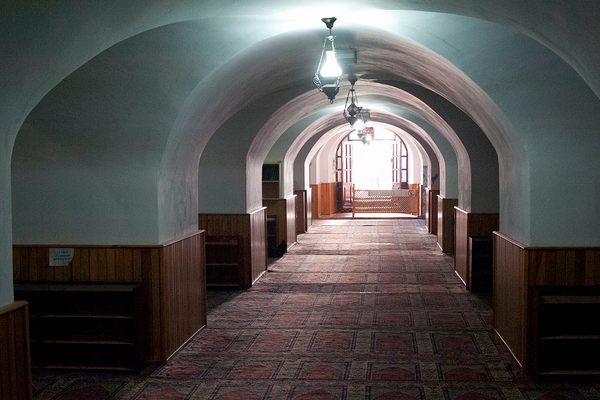

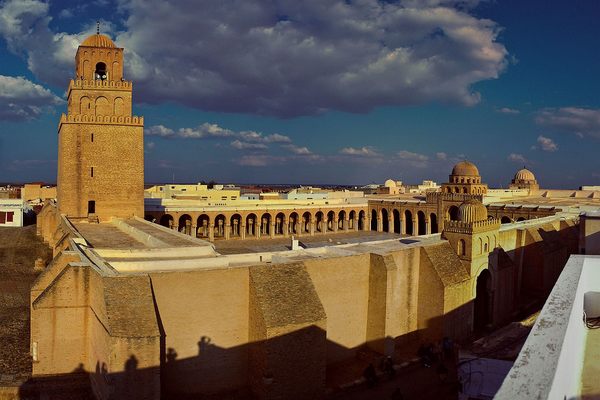

Follow us on Twitter to get the latest on the world's hidden wonders.
Like us on Facebook to get the latest on the world's hidden wonders.
Follow us on Twitter Like us on Facebook